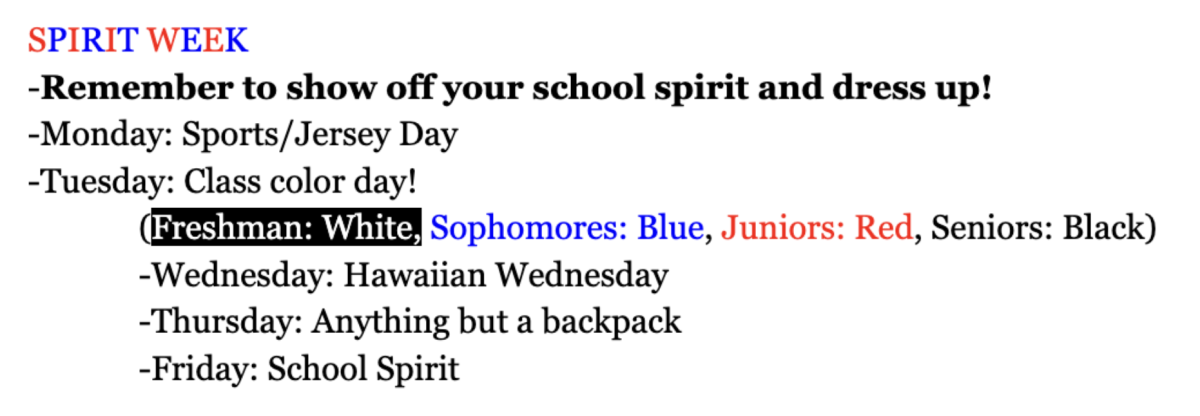Ta Lynn Mitchell
Reporter
New technology is changing the way people interact with one another though texting and Facebook and now it is changing the way people read books with the release the iPad and the second generation Kindle.
“I have been sharing the Kindle with a friend now for a year and I love it,” said junior Ronella Rosenberg. “I use it for reading and surfing the Internet, but with the new iPad, I am beginning to question wither I am missing out any of the new features such as color web browsing and applications for Keynote presentations.”
Developed by Amazon, the Kindle is a compact, electronic book with instant wireless access to 115,000 books sold by online superstore. The audiobook player also includes wireless, black and white Web browser. The device is just over one-third of an inch, weighting 10.2 ounces and holds up to 1,500 books at a time.
Apple’s recently released iPad is one-half inch thick and includes full capacitive multitouch technology, allowing users to watch TV, movies in HD, browse the web in color and play hundreds of games that are already available for the iPhone and iPod touch.
“I love the sleek look of the iPad,” said sophomore Katie Ghotbi. “I am able to not only read books, but can also create projects on applications such as keynote which are also available on the regular computers, even easier because of the size and easy adaptableness of the iPad.”
The iBook application, which is an avenue to read books for the iPad, currently has only 60,000 titles compared to Amazon’s 450,000 titles.
“I recently received my iPad and I worship it,” said junior Briel Renstrom. “I have read the whole Harry Potter series again on it, and the Internet is quite easy to use.”
Amazon requires its readers to download apps from the Kindle online store, which is accessible only through a Web browser. Apple incorporates the bookstore as an application, allowing for a wider access.
Many people already say having a light, portable reader that runs all day can be beneficial for education.
“I think the advancement of these new technologies will change the way we read for ever,” said Rosenberg. “In the future we may even be reading out textbooks on devices such as iPad or Kindle.”














